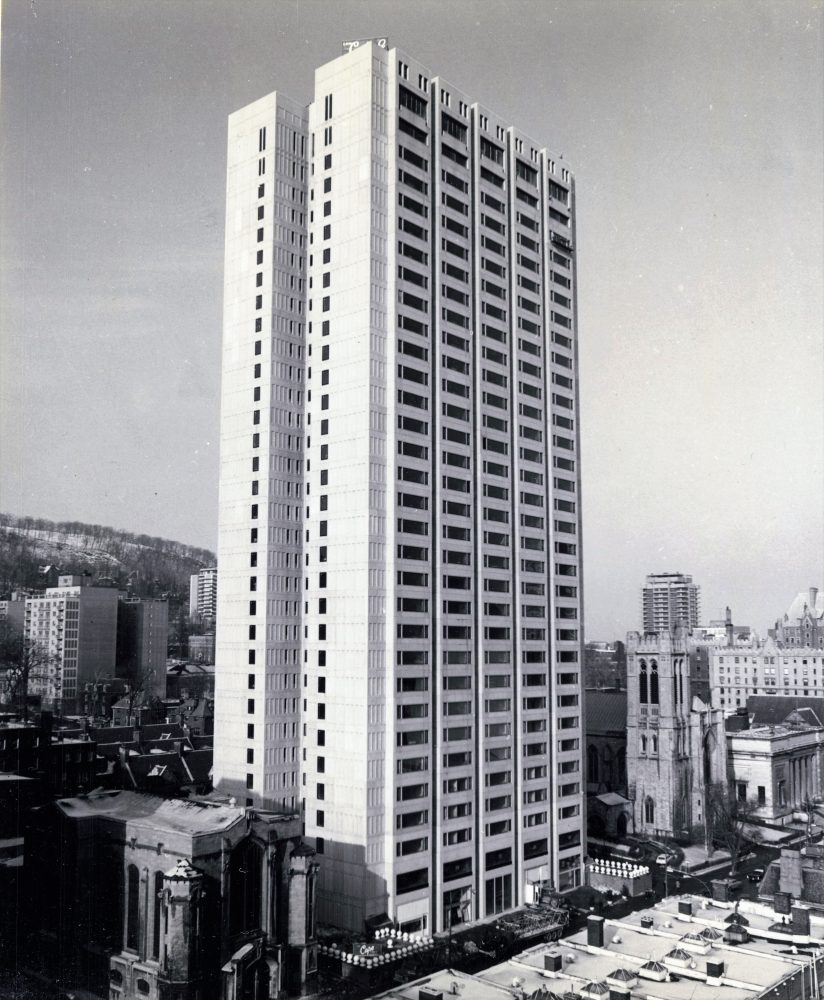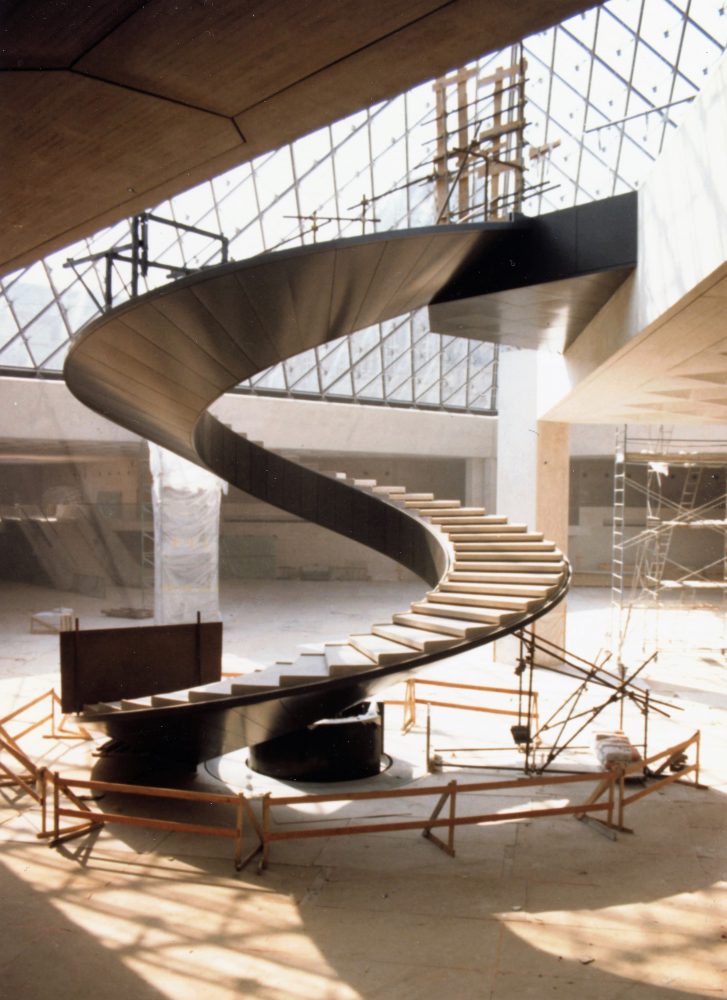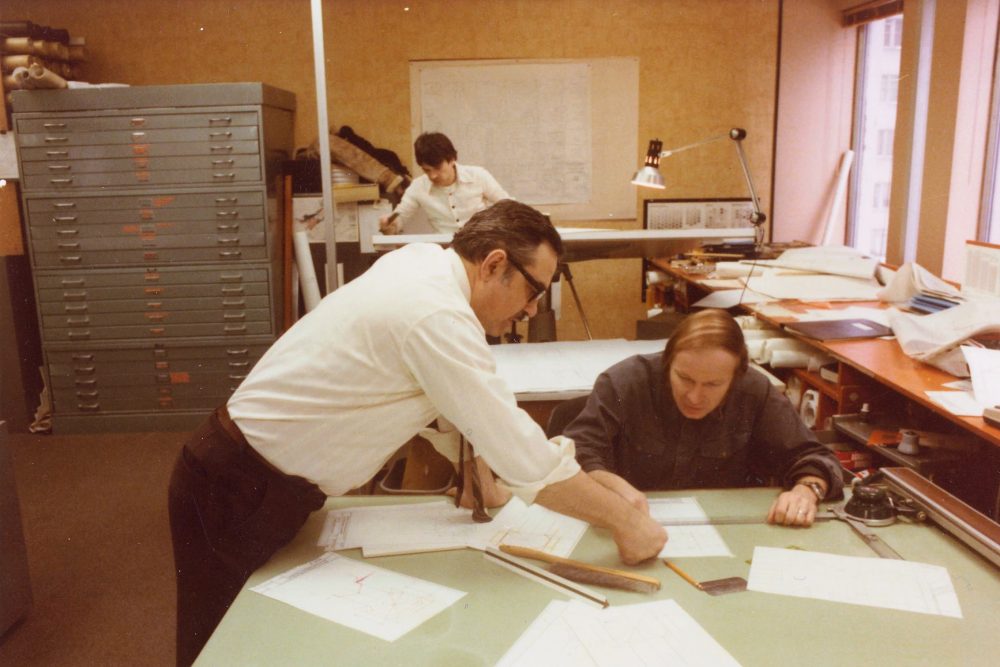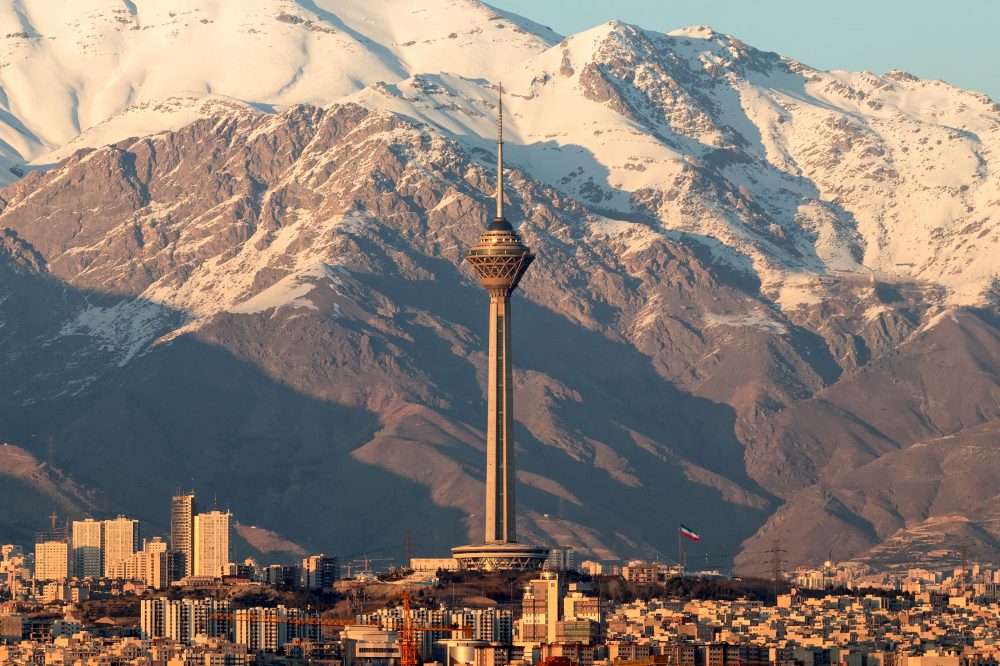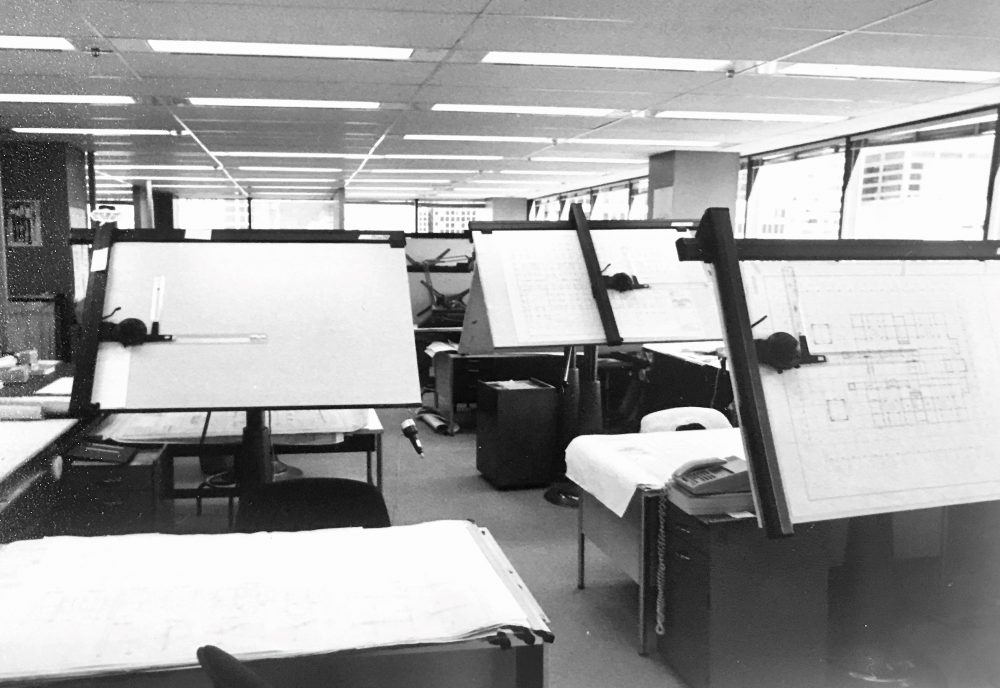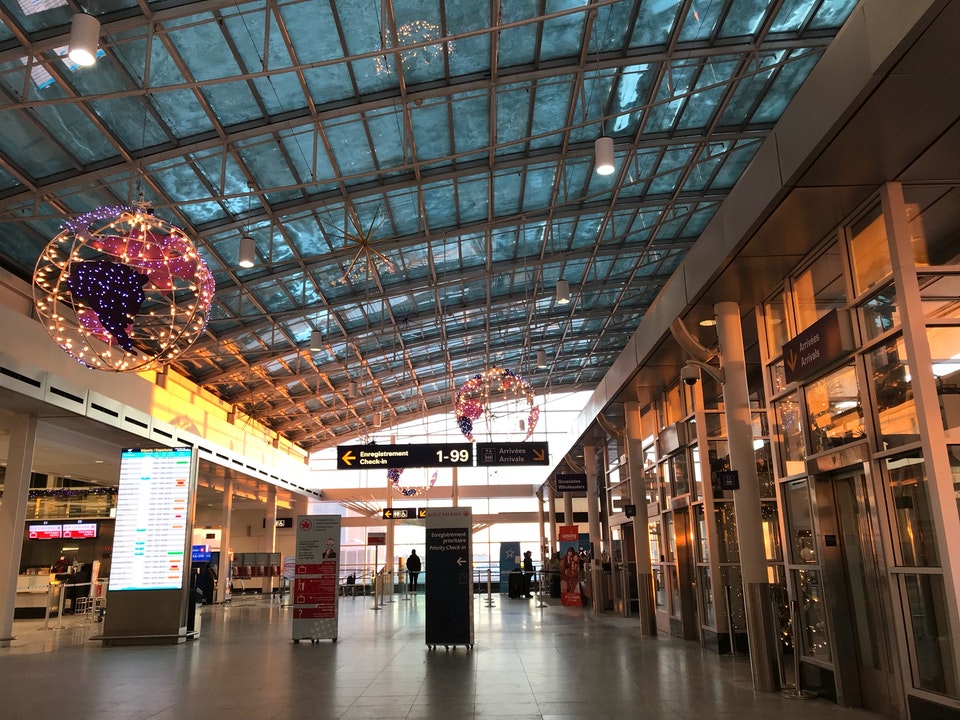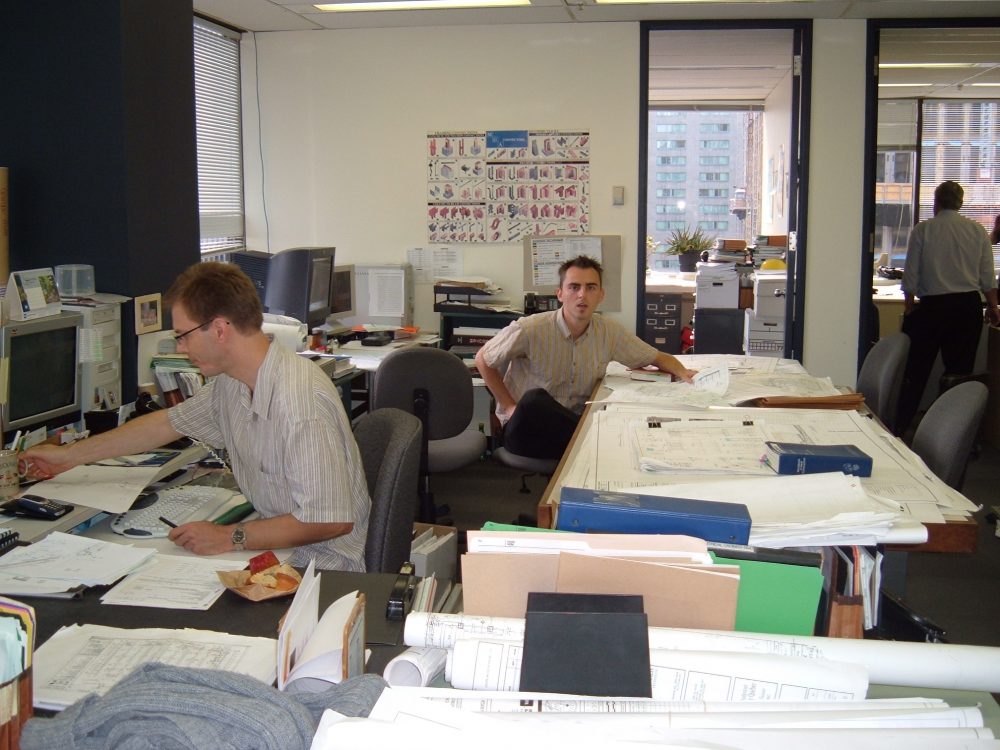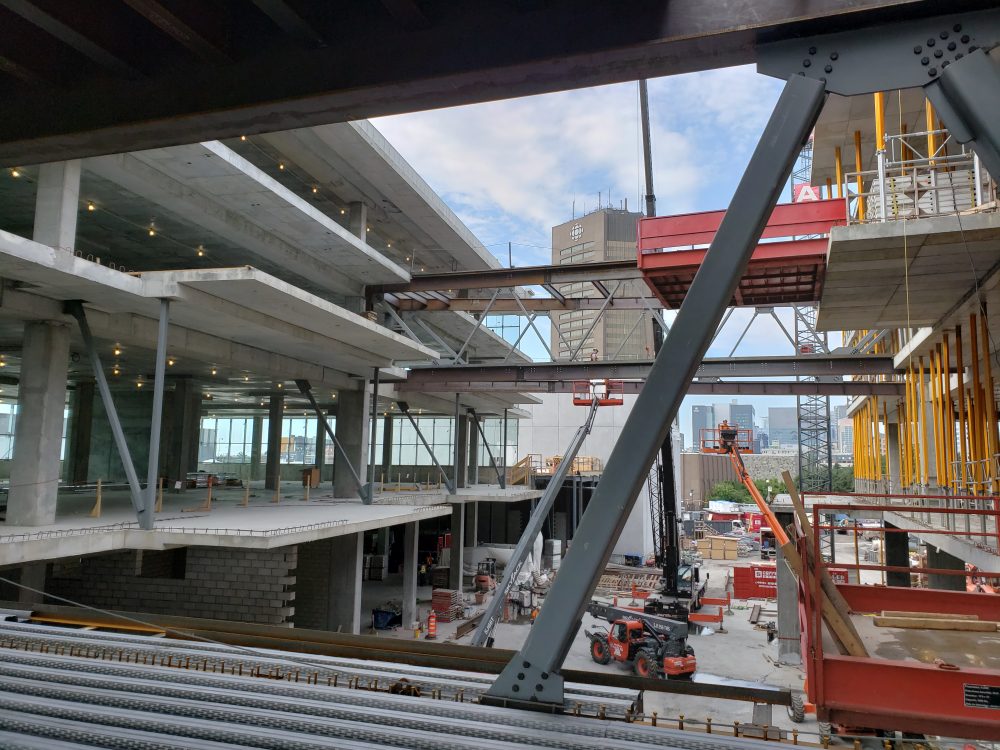Founded in 1964 by R. R. Nicolet, the firm now known as NCK Inc., took off after the completion of Phase 1 of the cruciform building of the Place Ville Marie Complex (1958–1962), a major project carried out in collaboration with architect I. M. Pei, who helped reorient the development of downtown Montréal. To this day, PVM remains the heart of downtown and the focal point of underground Montréal.
This website uses cookies so that we can provide you with the best user experience possible. Cookie information is stored in your browser and performs functions such as recognising you when you return to our website and helping our team to understand which sections of the website you find most interesting and useful.
More information about our policy


